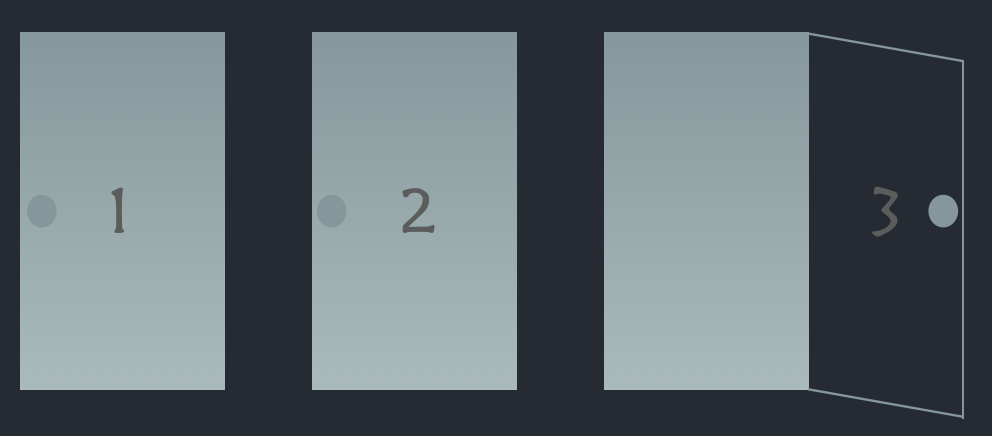Probability
Let us play a two-player dice game. Roll a die. If the outcome is 6, then Player 1 gets five points otherwise Player 2 gets a point. Repeat 20 times. Who has more points? What is the exact level of chance involved?
How to estimate the chance involved?
Chance of something happening = (no. of useful outcomes)/(no. of possible outcomes) provided all outcomes are equally likely. Chance of outcome 6 = ⅙. This fraction tells us that if you roll a die lots of times, you can expect the die to land on 6 about ⅙ of those times.
Let us play another dice game. Roll a die. If the outcome is 6, then Player1 gets 3 points, otherwise Player2 gets a point. Predict how many points Player1 has after 20 rounds. Do the experiment and verify the prediction.
Next, let us move on to a coin game. Toss a coin. If the outcome is heads then Player1 gets a point, otherwise Player1 is given another toss - if outcome is heads then Player1 gets a point, otherwise Player2 gets two points. Repeat 20 times. Who has more counters? Note that the 3 outcomes are not equally likely. How to make this game fair?
Monty Hall Game
A prize is hidden behind one of three doors. You choose the door where you think the prize is hidden. Before the door is opened, one of the other 2 remaining doors is opened to reveal no prize. You can choose to stay with your earlier choice or switch your choice. What should you do to increase your chances of winning the prize?

Geometric Probability
Alice and Bob each pick, at random, a real number between $0$ and $10$. Call Alice's number $A$ and Bob's number $B$. What is the probability that $A \leq B$? What is the probability that $A+B \leq 7$? What is the probability that $A-B \geq 7$?
- Area of a region is a representative of the "number" of points in the region?
- Area of a region containing an uncountable number of points may be finite.
A choice of the numbers can be interpreted as a point $(A,B)$ picked randomly (say by throwing a dart) from the $10×10$ rectangle with corners $(0, 0)$, $(10, 0)$, $(10, 10)$, $(0, 10)$.
The desired probability can then be calculated by figuring out which region of the rectangle contains the points satisfying the given condition. For example, the points with $A+B \leq 7$ are the points in the triangular region with area $49/2$. Thus, the probability that $A+B \leq 7$ is $(49/2)/100$.
Red-Blue Dice Game
Alice and Bob play a game with two dice, but they do not use the numbers. Some of the faces are painted red and the others blue. Each player throws the dice in turn. Alice wins when the two top faces are the same color. Bob wins when the colors are different. Each has a 50% chance of winning. The first die has 5 red faces and 1 blue face. How many red and how many blue are there on the second die?
Let $r$ and $b$ be the numbers of red and blue faces on the second die. So $r+b=6$. Further, $5r+b=18$ as $5r+b$ is the number of ways in which the color on the top face of the first die and color on the top face of the second die can match.
References
- Do You Feel Lucky? The Secrets of Probability (Murderous Maths) by Kjartan Poskitt.
- https://mathcircles.org/activity/probability/